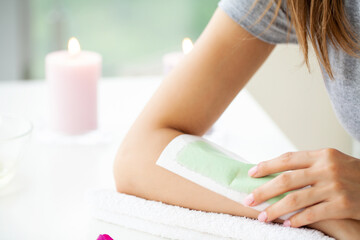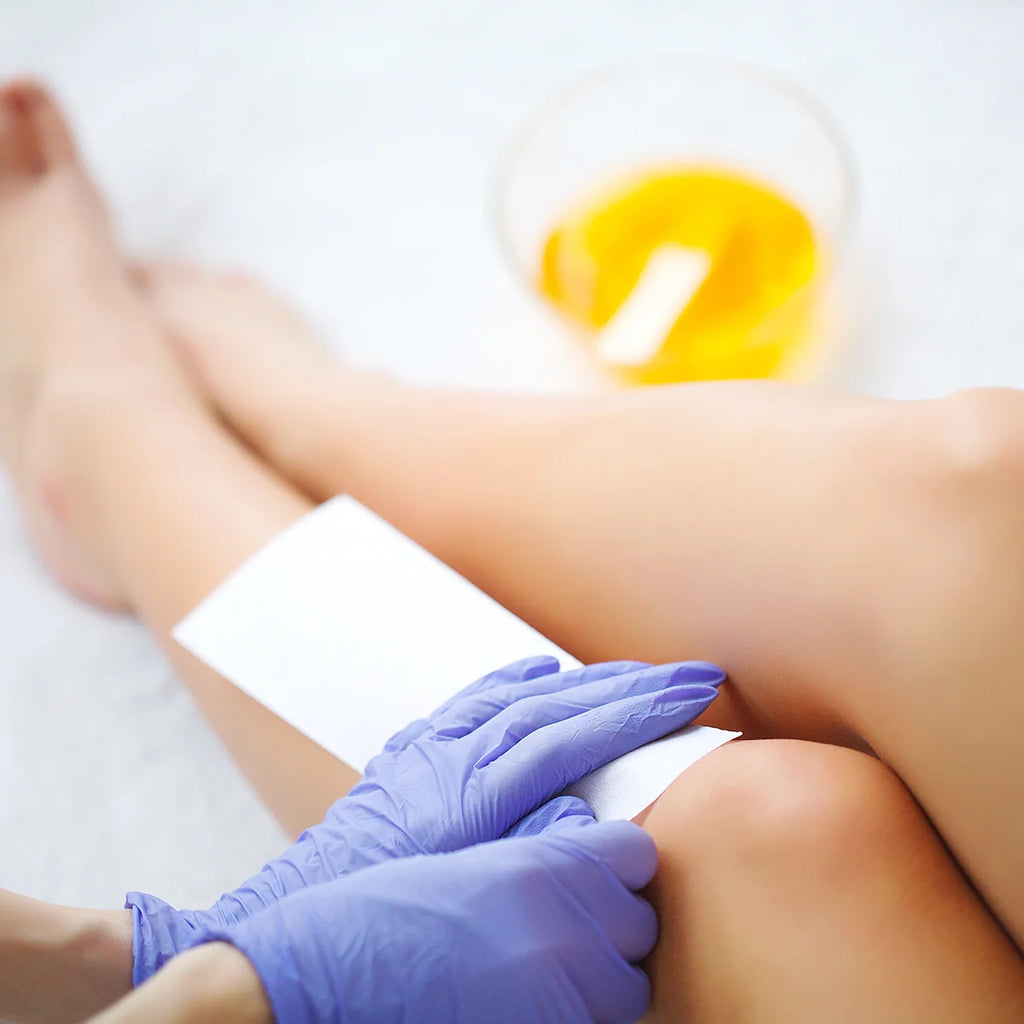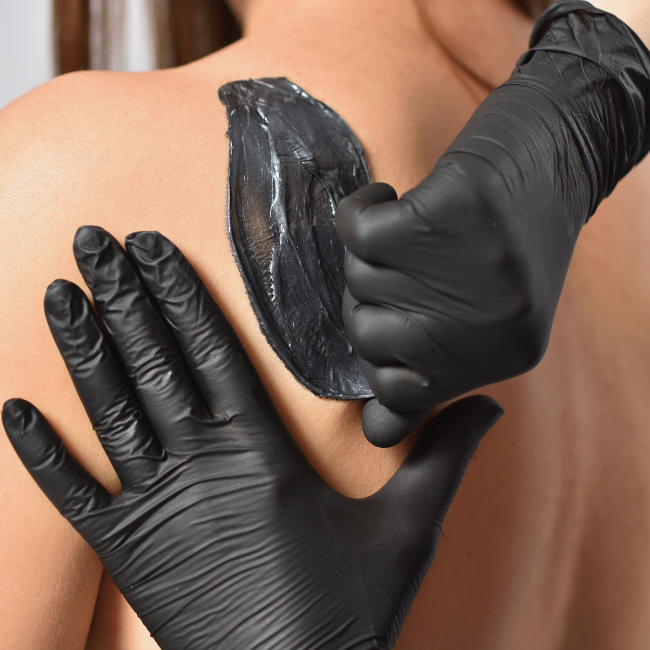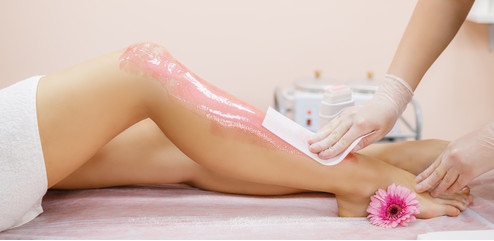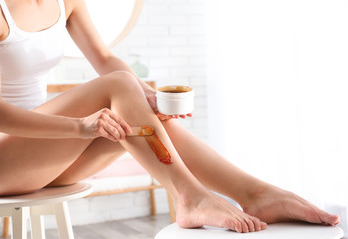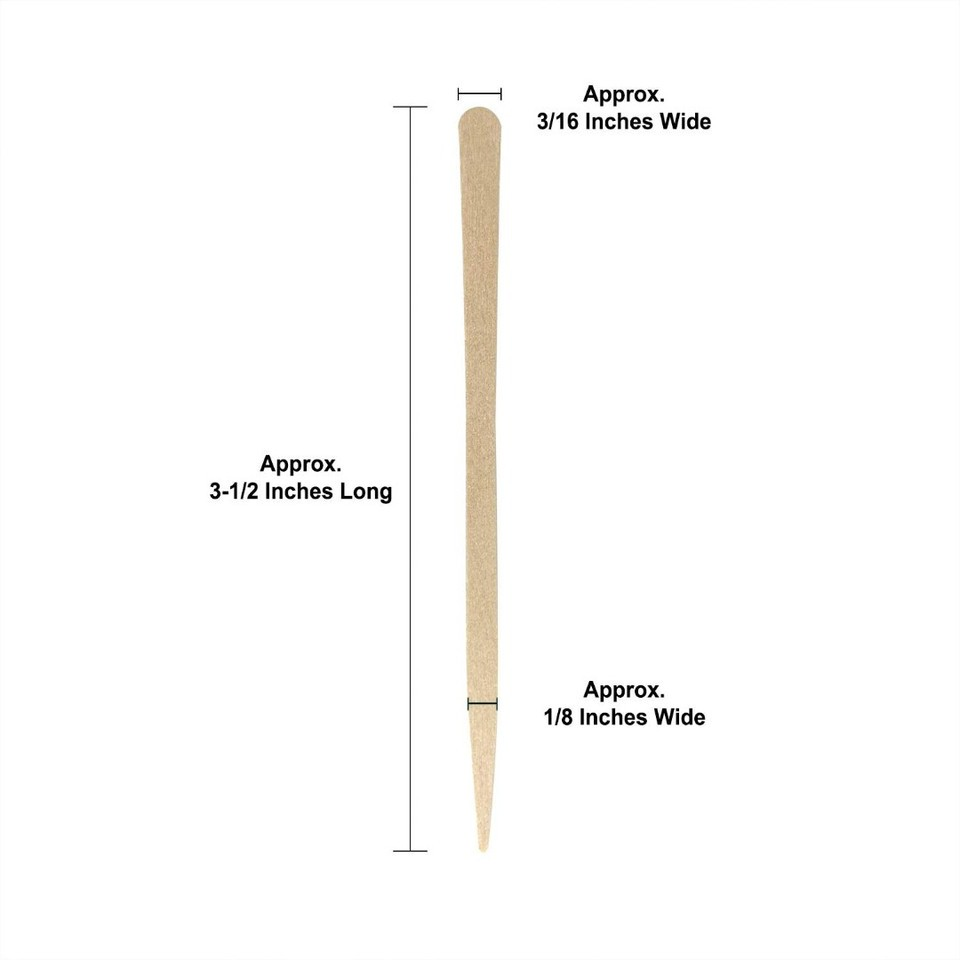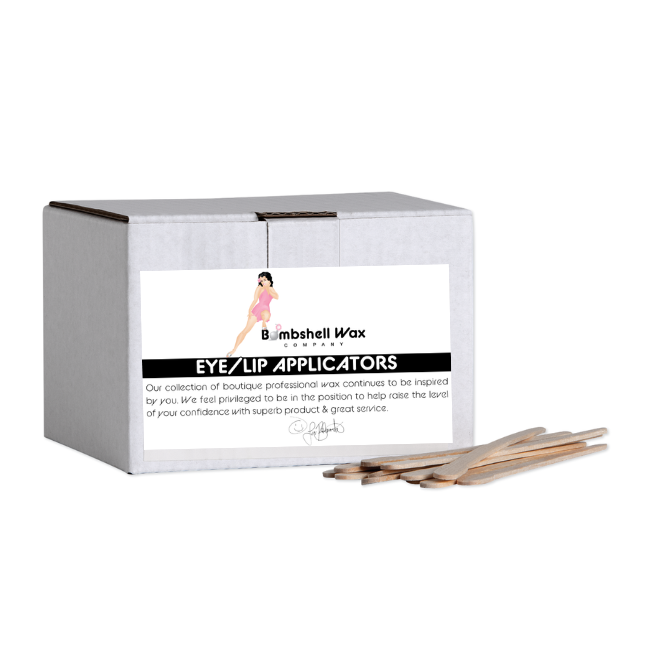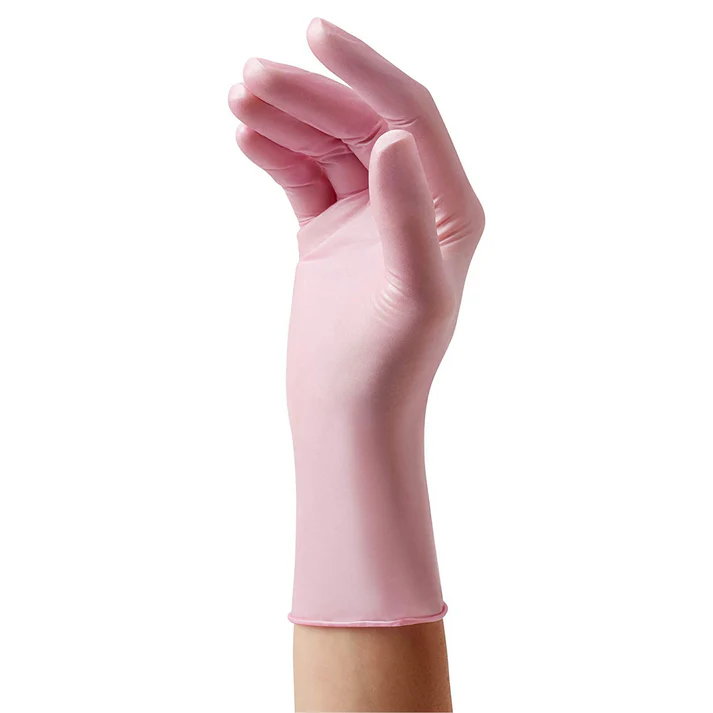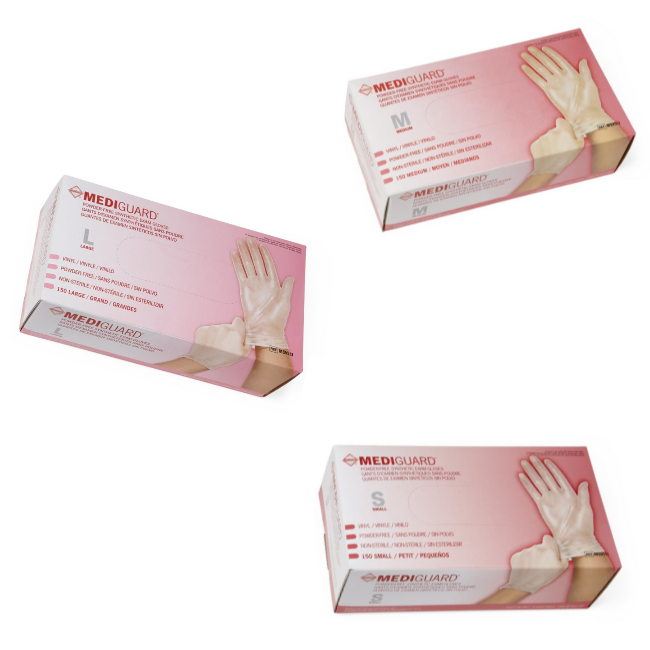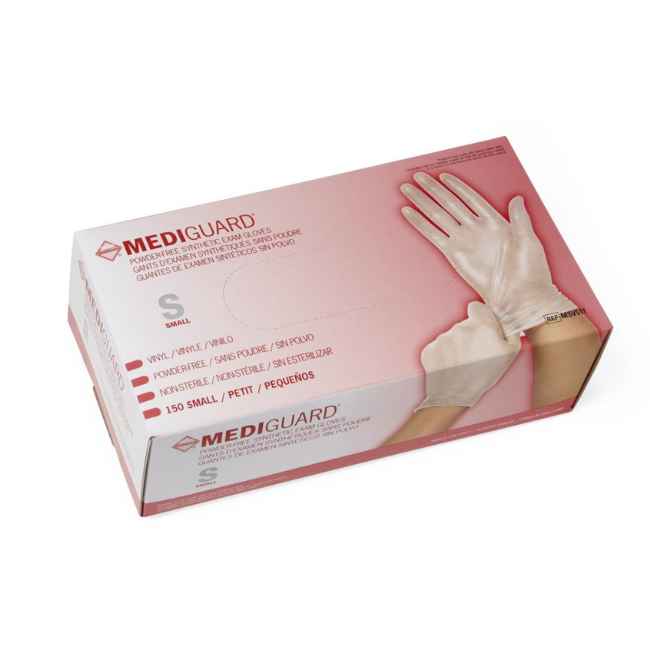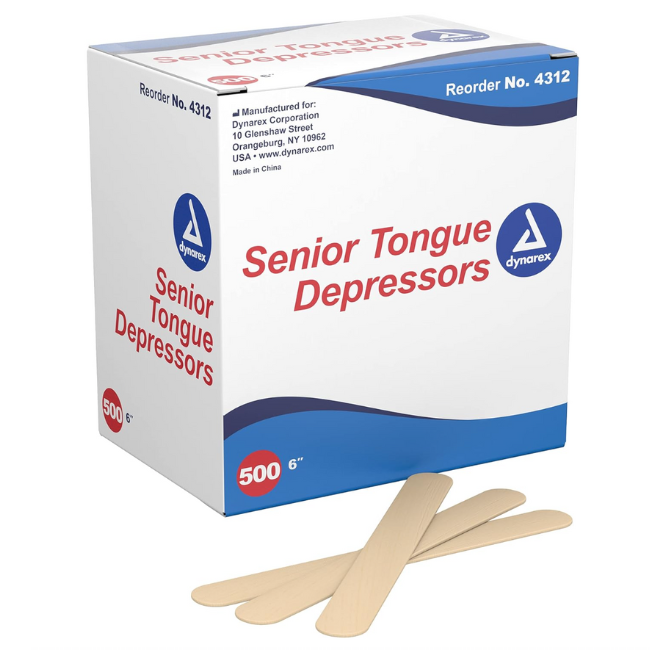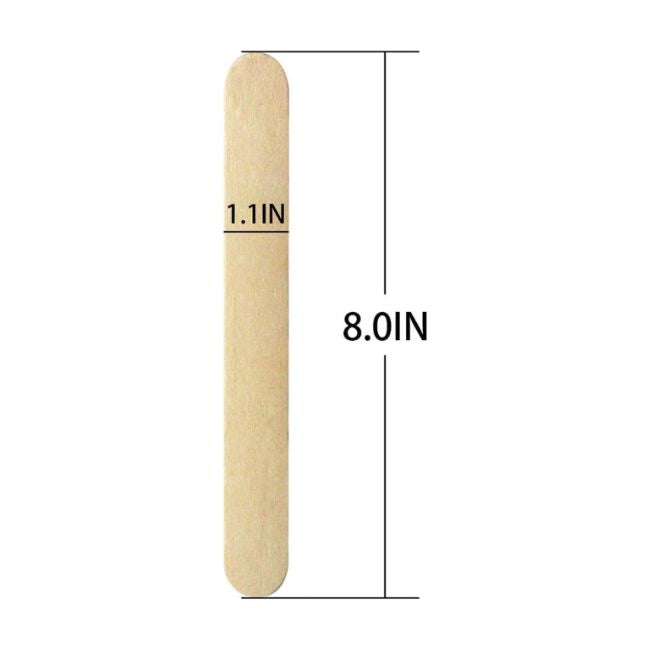

Learn the Right Way To Wax Each Skin Type
Salons welcome people with all different kinds of bodies, including different skin types. As the waxing esthetician, it’s your job to make sure that people feel comfortable during their waxing experience no matter what type of skin they have. In addition to knowing how to safely wax the different skin types, you also need to stay aware of factors that can cause skin problems, such as medication that can make skin sensitive and diets that can make skin oily. Keep reading to learn the right way to wax each skin type and what additional factors you need to watch for.
Sensitive Skin
Waxing sensitive skin can make even experienced estheticians a little nervous. When you wax sensitive skin, you want to do your job well but save your client from as much pain as possible. If the client knows their skin is sensitive and has gotten through waxing appointments before, you don’t need to worry too much. You should question new clients about waxing, though, and make sure that if they have talked about waxing with their doctor if they have a condition that causes skin sensitivity.
If the client’s skin looks whole, meaning without irregular bumps or cuts, then you can wax them as you would any other client. Apply the wax along with hair growth and then remove it in the opposite direction. Stick with hard wax. It’s gentler on skin, even if it’s normal procedure to use soft wax for large waxing areas like legs. Break large areas of skin into smaller areas and give clients the option to ask for a break in between. Keep cool compresses available to help soothe any irritation after waxing.
Dry Skin
Dry skin may cause sensitive skin, so the guidance for this section may overlap with what we mentioned above. However, dry skin isn’t always considered sensitive, so you may not have to worry about those extra precautions. When waxing dry skin, you need to take care to apply a good pre-depilatory oil so that there’s a barrier between the skin and the wax. This oil can also help hydrate the skin so that the wax doesn’t over-exfoliate it. Encourage your clients with dry skin to apply a high-quality lotion an hour or so before they come in for their appointment.
Even with dry skin, you’ll apply the wax in the traditional manner. Spread the wax along the hair growth and then remove it in the opposite direction. Like with sensitive skin, you may want to prioritize hard wax over soft wax since it’s gentler and works in smaller sections. Make sure to apply a good post-depilatory oil after the appointment and instruct your client to apply a non-scented lotion later in the day to help the skin heal and stay hydrated.
Oily Skin
Many estheticians don’t think there’s any problem in waxing oily skin since it doesn’t present as many problems as sensitive and dry skin does. However, oily skin still reacts differently to wax than normal skin, so you need to know how to wax is effectively. For oily skin, you’ll want to apply a powder before waxing so that the wax has something to adhere to. The extra oil on the skin may make it difficult for the wax to stick to the skin itself. While you should still use a predepilatory oil before powdering the skin, try to use an oil that dries quickly. This way the skin has the sufficient barrier it needs from the wax while providing enough texture for the wax to hold onto.
Like all waxing scenarios, you should apply the wax with hair growth and remove it in the opposite direction. You can use soft or hard wax on people with oily skin depending on what type of wax they prefer and where on the body you’re waxing. Hard wax may still be the best option, though, when you need to repeat a section if the wax doesn’t get a good grip the first time. However, both types of wax should work successfully on people with oily skin.
Healthy Skin
You shouldn’t need to make any special accommodations for people with healthy skin unless they ask you to or there’s an outside factor that could affect how their skin responds during a waxing treatment. For someone with healthy skin, you should do a normal consultation, making note of any preferences, apply a normal amount of predepilatory oil, and wax as normal. Like always, you should apply the wax in the direction of hair growth and remove it in the opposite direct. Hard and soft wax both works well on normal skin.
Afterward, you should apply post-depilatory oil and give your client the standard post-wax care instructions. Remind them not to engage in any activities that would cause them to sweat, to avoid water, and to exfoliate and hydrate their skin appropriately. If they’re a new waxing client and aren’t used to the sensitivity of their skin after a waxing appointment, remind them that they can put cool compresses on or take low doses of pain medication. As they get used to the waxing process, the pain shouldn’t affect them as much, unless something changes their skin.
Additional Factors
There are several outside factors that can affect how a person responds during a waxing treatment and in some cases can even change the type of skin they have. Hormones and medication are the two most important factors that you should consider and ask your clients about before their waxing appointment. Even an over-the-counter pain medication can cause temporary dryness, irritation, and bruising. Make sure to ask if they’ve taken anything prior to their appointment. If they have their period or are going through any other hormonal changes, you can offer to reschedule or treat their skin with extra sensitivity, whichever they’re comfortable with.
Certain diets can also cause skin to produce more oil. Higher stress levels can cause the same problem, so kindly ask your client about their diet the morning of or day before their appointment, as well as their stress levels. You want to be as informed as possible so that you can wax them to the best of your ability.
Learning the right way to wax each skin type is more about learning how to accommodate various clients than knowing exactly how to apply wax. Remember to take extra care of clients with sensitive skin and make accommodations for people with dry or oily skin. If you need wholesale wax beads for your salon as you continue to serve various customers, Bombshell Wax can help. Our wax was formulated by an esthetician, so you can trust that it will work well for you and your clients.



